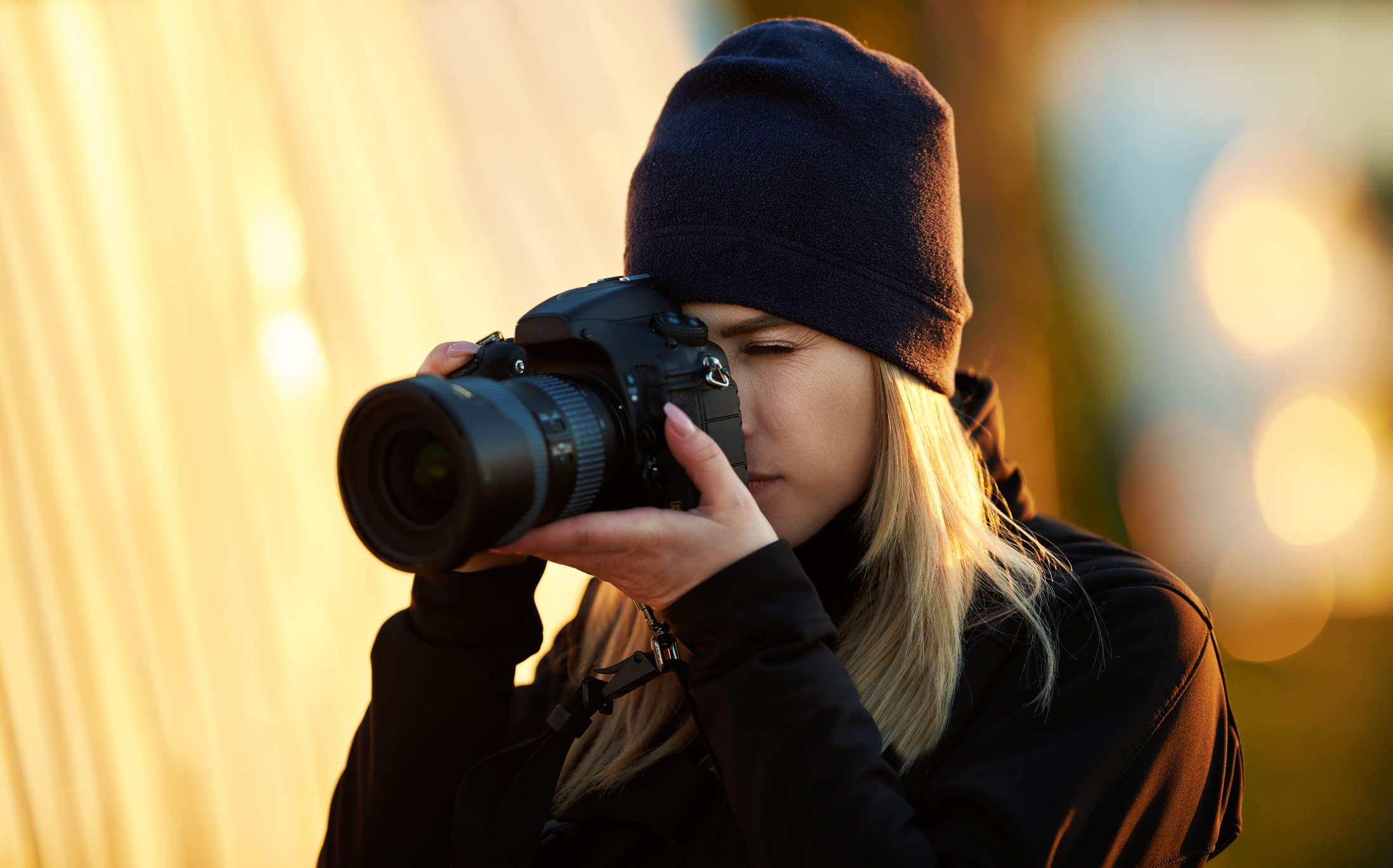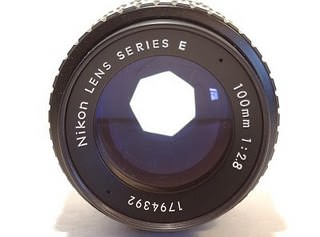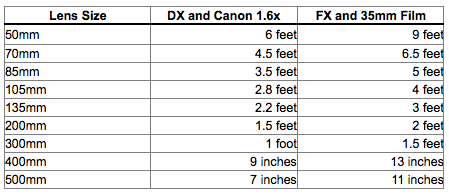
What makes digital photography so attractive as a hobby is that you can find a photographic form you specifically like, such as landscape, wildlife, weather, close-up and portrait. Each requires slightly different equipment and skills to take the very best images. If portrait photography has captured your attention, then, quite possibly, the most important equipment consideration is the lens you use. This PhotographyTalk.com article presents important information and a number of tips to help you choose the right portrait lens.
Understanding point of view.
A camera lens does not affect your point of view, or perspective. Only your position has a direct correlation with perspective. Short and long lenses only affect the frame of your image, giving you a narrower or wider view. You may have to change your distance to the subject to frame him or her correctly with lenses of different focal length; but again the perspective remains the same. For example, a 50mm lens is not the right lens for a tight framing of your subject’s head. You’d have to be so close that distortions would occur, making for a poor portrait that is probably also unflattering.

The 15-Foot Rule.
Research repeatedly shows that when your brain creates an image of the facial features of the person in front of you, it does so from approximately 15 feet. If you stood very close to someone’s face, then your brain would show his or her face in the proportions of being 15 feet from the subject. You wouldn’t see any distortions, but if you placed the camera lens that close to the person, then it would register those distortions. This means that the best distance for digital portrait photos is 15 feet.
This “rule,” like many, is actually a guideline. It’s your artistic eye that will tell you the correct distance for digital portrait photos of different people. Some will look better closer; others require that you widen the distance.
The 15-Foot Rule has been used to create the following chart, which shows the size of a subject that would fill the frame comfortably with different lenses from a distance of 15 feet.

Your choice of view.
- Choosing the right portrait lens is also a function of how will frame your subject.
- Complete view of the subject standing: 50–70mm lens.
- Complete view of the subject seated: 70–105mm.
- Head and shoulders: 200mm–300mm lens, so you can stand 15 feet from your subject.
Background affects your choice.
For most digital portrait photos, the background should not be in focus, and essentially disappear, as the reach of the light decreases behind your subject. To achieve that background effect, you should shoot with a long telephoto lens with a large aperture, or lens opening: 300mm f/2.8 or f/2.
Another consideration is bokeh. This is an unusual attribute of lenses that records more background details than your eye may see. Even when you’ve blurred the background, it can be a distraction when a lens generates too much bokeh.
The correct portrait lenses.
Consider the following lenses as good choices for shooting portraits (as of the time of the writing of this PhotographyTalk.com article).
- Nikon 135mm f/2 DC, or Defocus Control: With that feature, you can optimize the Bokeh effect to create an unobtrusive background for your portraits.
- Nikon 105mm f/2DC: This lens is slightly smaller and has a smaller price tag.
- 80–400mm for headshots in a studio setting.
- A 300mm f/4 lenses costs much less than an f/2.8 lens of the same focal length, without much difference in how well the background disappears.
- The 18–55mm zoom that was included with your camera will do a good job, at 55mm.
- Try a 70–300mm zoom if you are willing to spend some money for more versatility.
